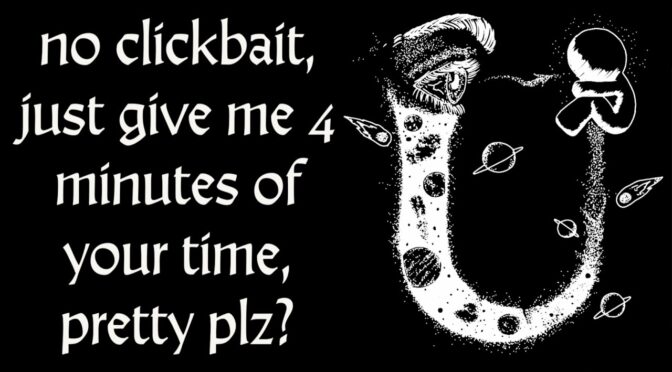The article you are reading is inspired by a video titled “The Truth of Everything (Animated)” by Benjamin Davies. This video goes into the complexities of human perception, philosophy, and the nature of reality, offering a unique lens through which to view the world. It employs a quadrant diagram to categorize various philosophical perspectives and argues that our understanding of reality is shaped by a principle of complementarity between subjectivity and objectivity.
Contents
- The Quadrant Diagram and Philosophical Perspectives
- The Paradox of Self-Reference
- The Fractal Nature of Perception
- The Evolutionary Path of Understanding
- The Unity of All Things
- The video
The Quadrant Diagram and Philosophical Perspectives
The video introduces a quadrant diagram that serves as a framework for understanding all philosophical perspectives. This diagram is divided into four worldviews: subjectivism, objectivism, a nuanced form of objectivism that asserts a deeper level of reality beneath the subject-object relation, and a form of subjectivism that aims to explain reality as a unity of the subject-object relation. This last perspective is particularly intriguing because it is inherently self-referential and paradoxical (a thought that might make one ponder the limitations of human cognition).
The Paradox of Self-Reference
Benjamin Davies discusses the existence of self-referential paradoxes, which challenge our traditional understanding of logic and truth. According to him, provable statements can only be considered true if we accept that some statements are neither true nor false, or both true and false. This notion disrupts the conventional understanding of logical consequence, provability, and truth, suggesting that logic alone cannot be used to discriminate between theories.
The Fractal Nature of Perception
The video also posits that the structure of our perception of ourselves is fractal in nature. The subjective and objective perspectives in philosophy are correlated with the subjective mind and the objective brain. The interaction between these perspectives creates a “strange loop” that is self-consciousness. This fractal structure exists within the subjective perspective, and the “super subjective” exists within it, making the entire structure a recursive loop of understanding (an idea that could potentially redefine our understanding of self).
The Evolutionary Path of Understanding
Davies argues that the structure of the quadrant diagram represents the paths through which evolution most easily flows. Each quadrant is true in its specific domain, and our understanding evolves as the subjective and objective perspectives divide and evolve in parallel. Paradox, according to him, is the nature of self-consciousness, and the unfolding of duality in our experience is the process through which paradox realizes itself.
The Unity of All Things
Benjamin concludes with the notion that all things are a representation of our current understanding of ourselves. It suggests that the existence of our own self-consciousness is the one thing we cannot doubt, and therefore, we cannot doubt the validity of the subjective perspective. This leads to the idea that all is the self, and everything we experience is a representation of our current understanding of ourselves.
The video by Benjamin Davies offers a compelling framework for understanding the complexities of human perception, philosophy, and reality. It challenges traditional notions of truth and logic, introduces a fractal structure of perception, and suggests an evolutionary path of understanding, all while emphasizing the unity of all things.

